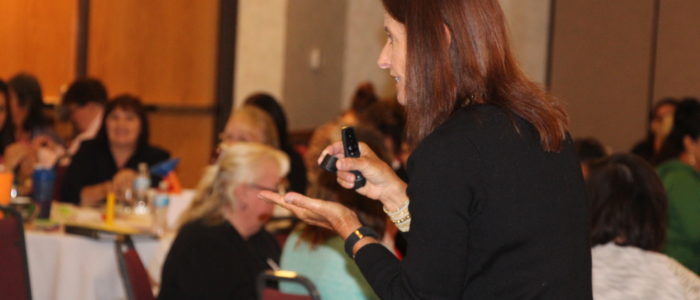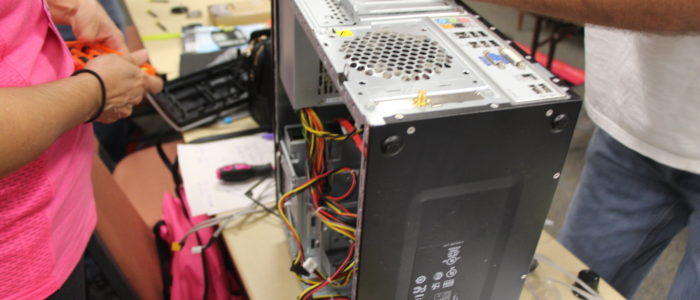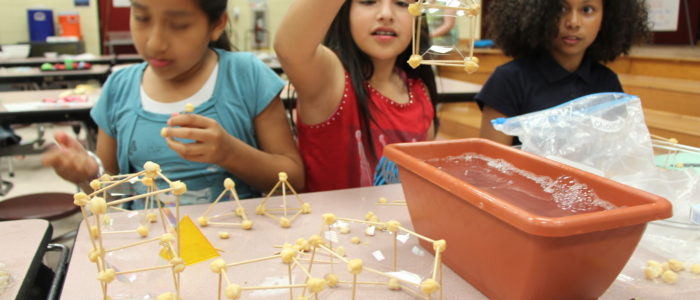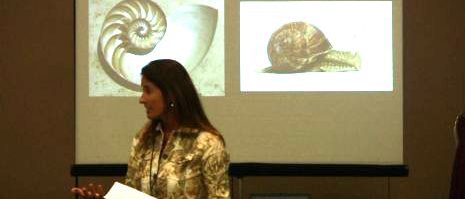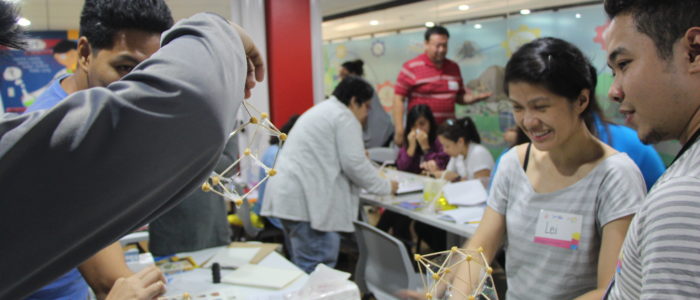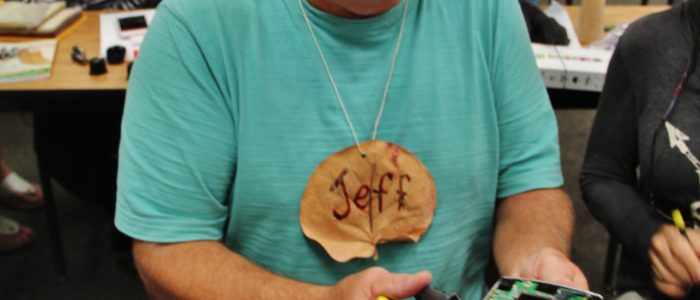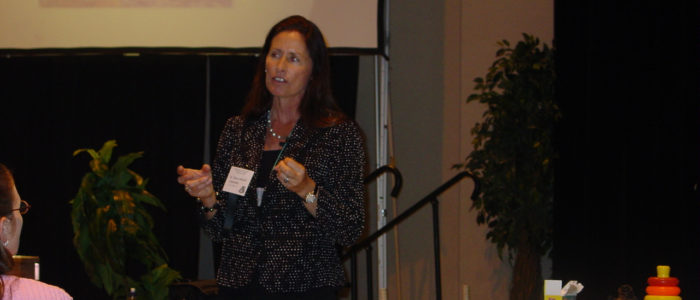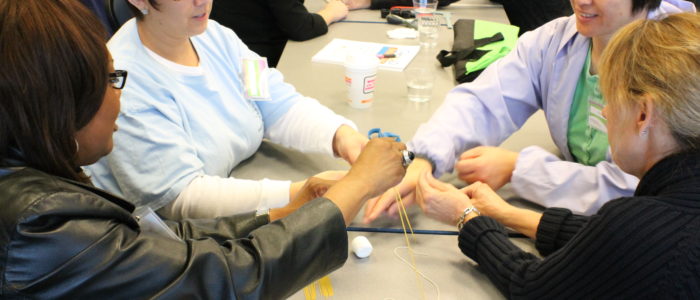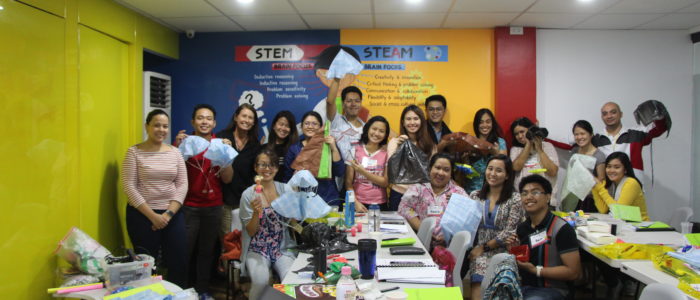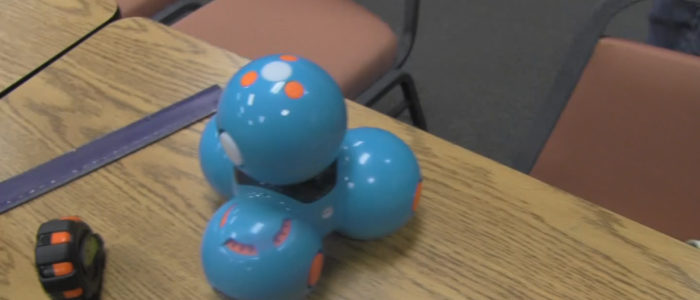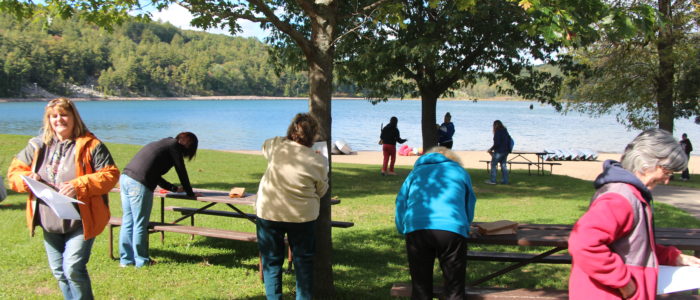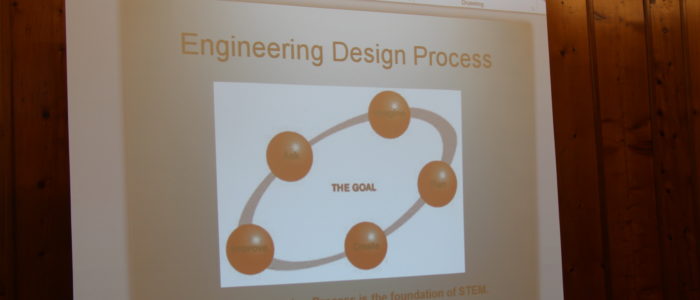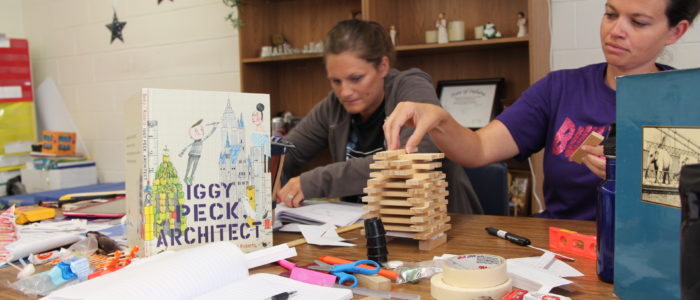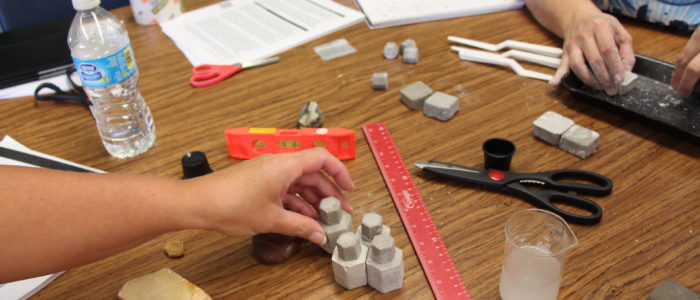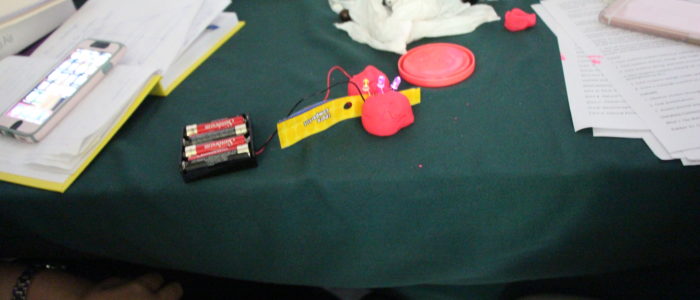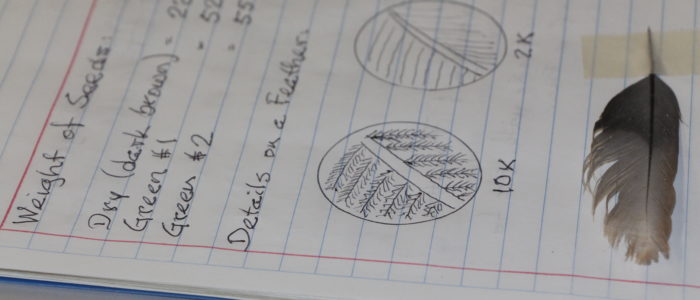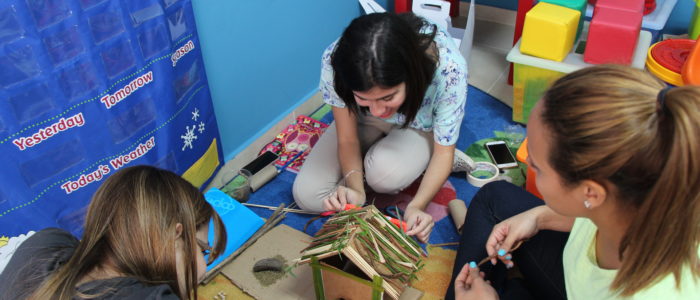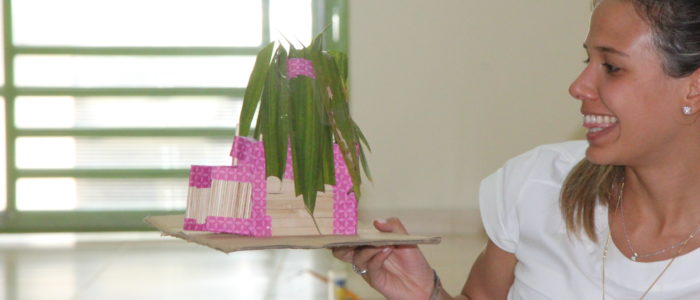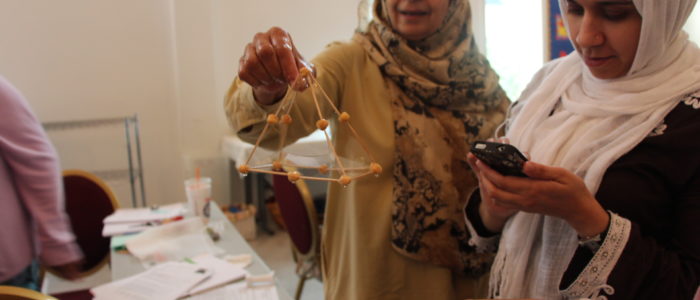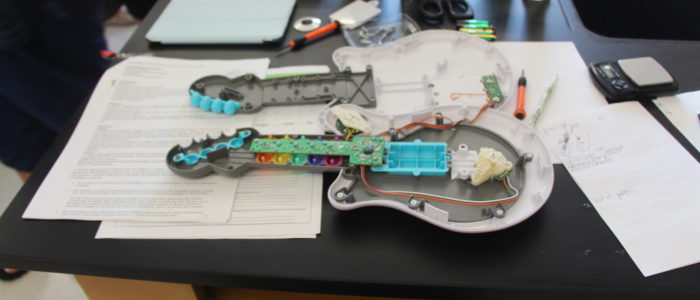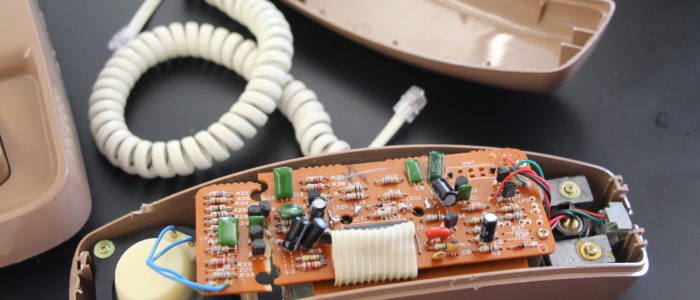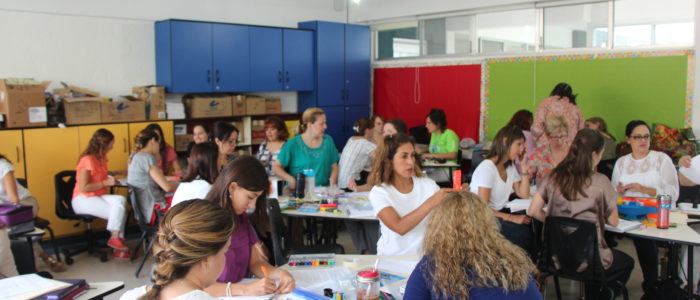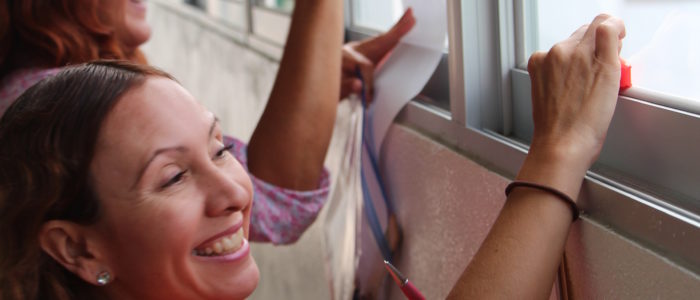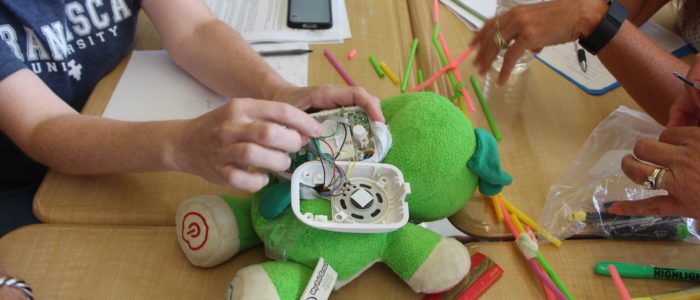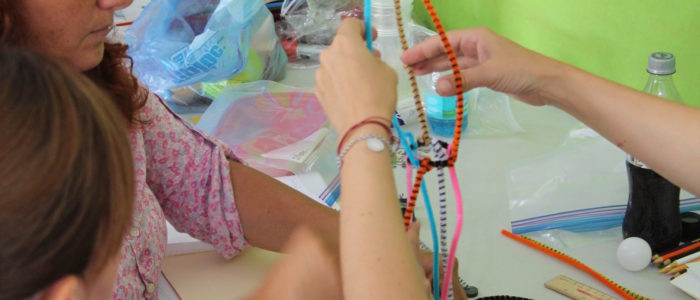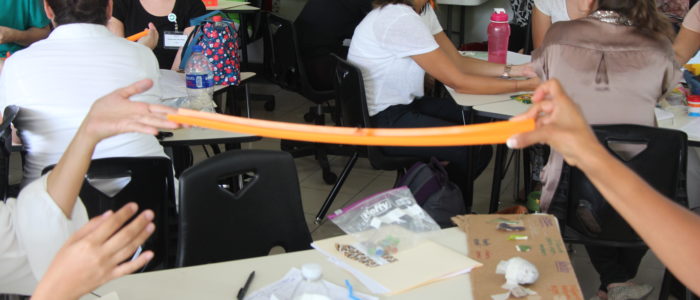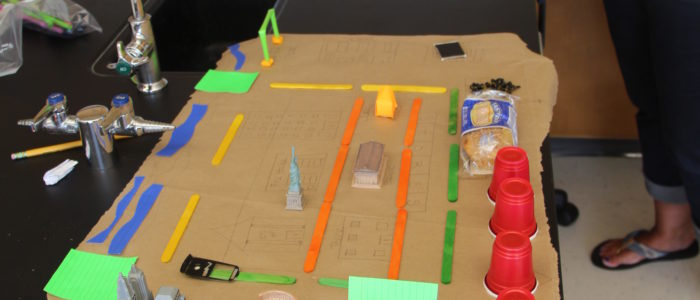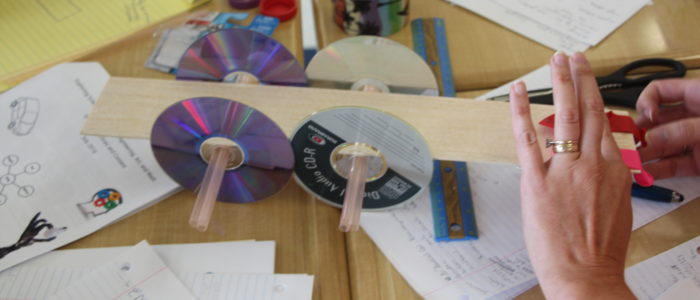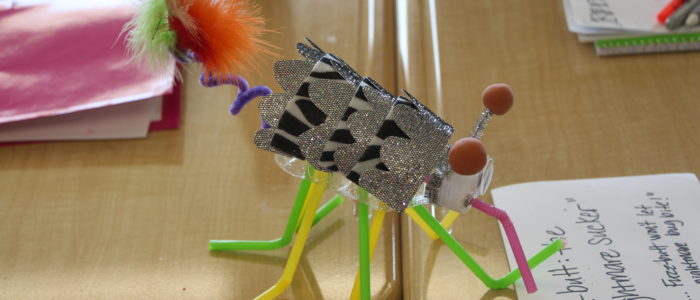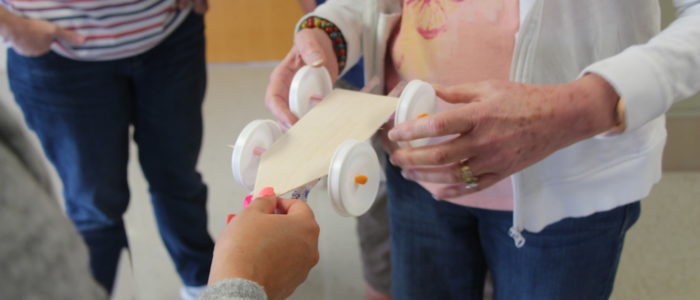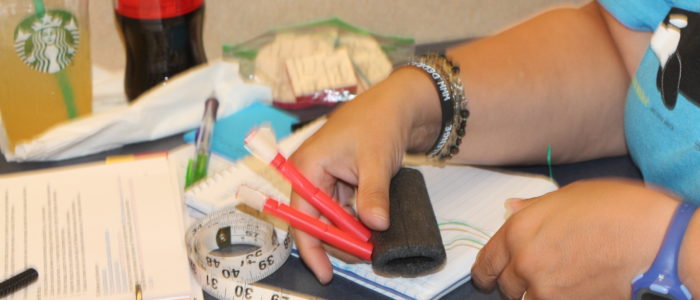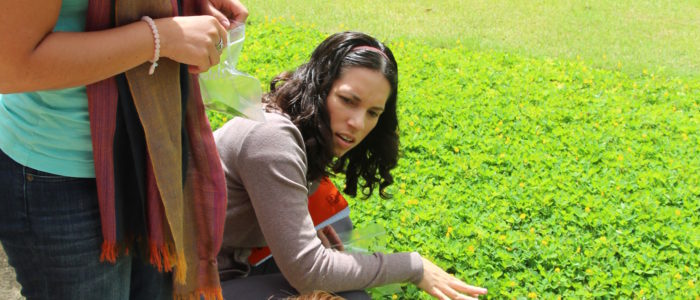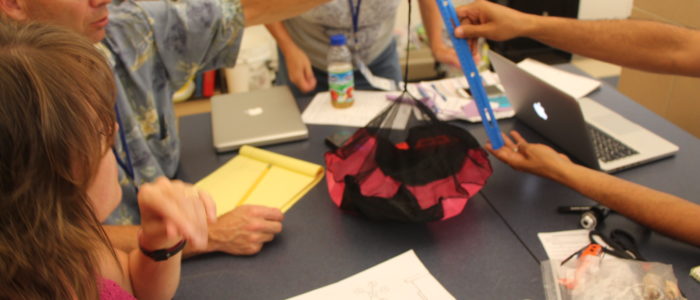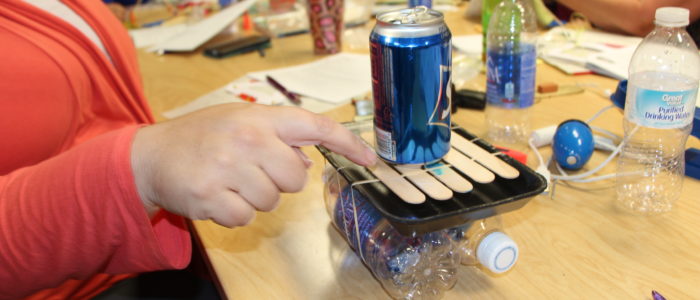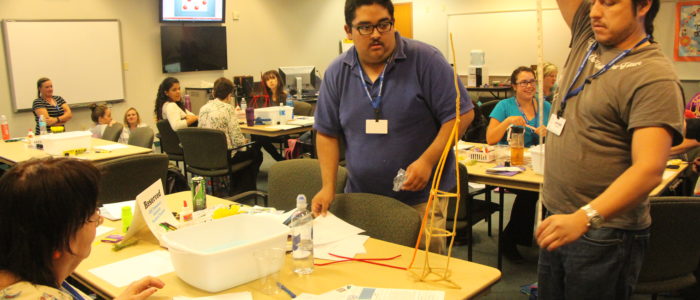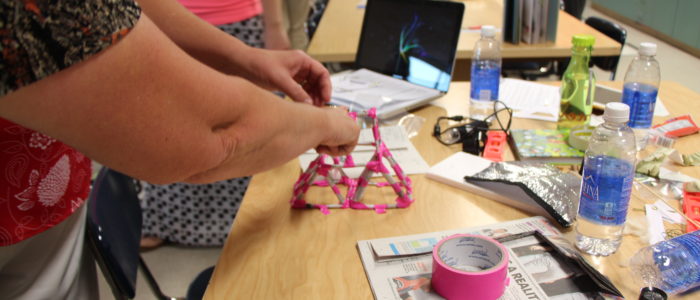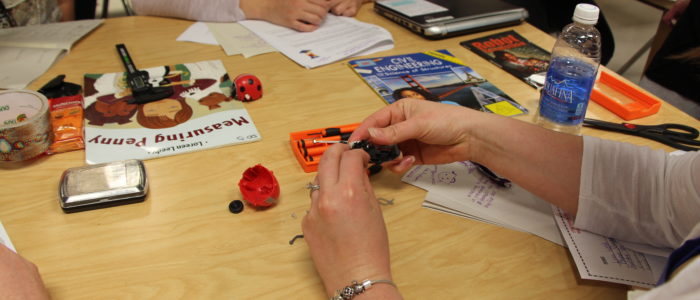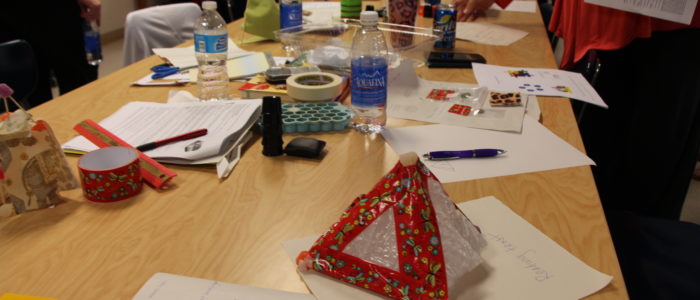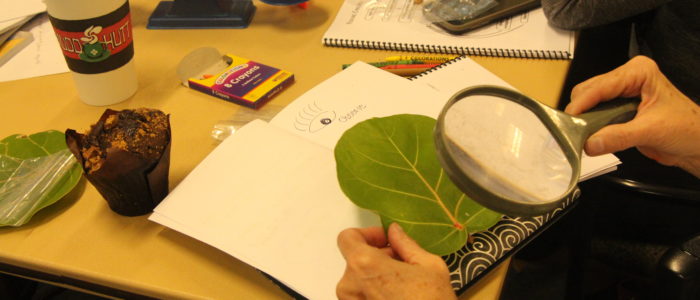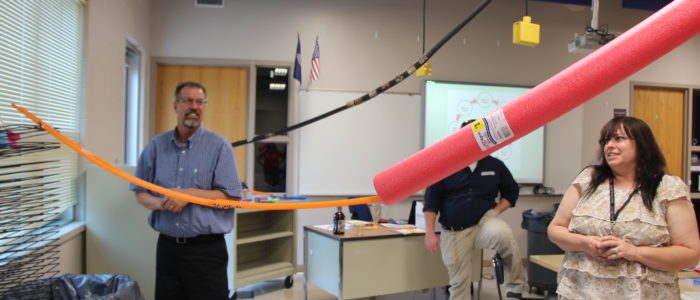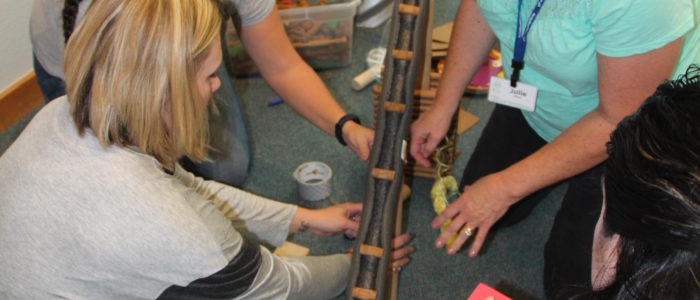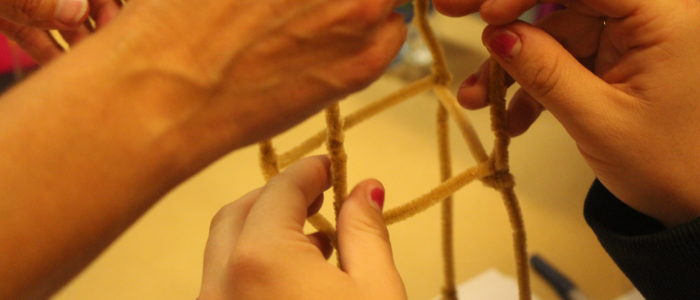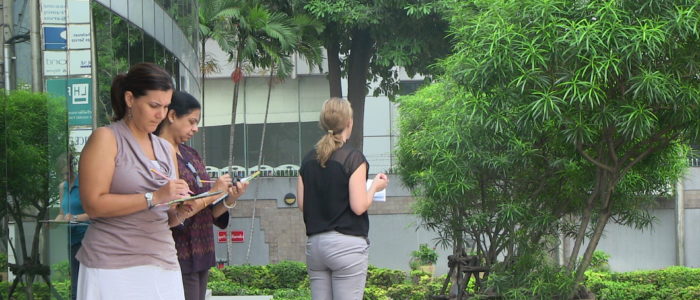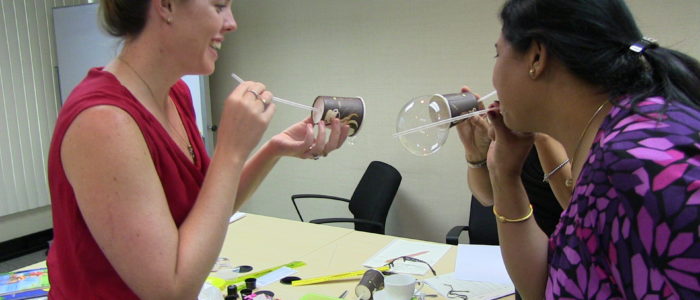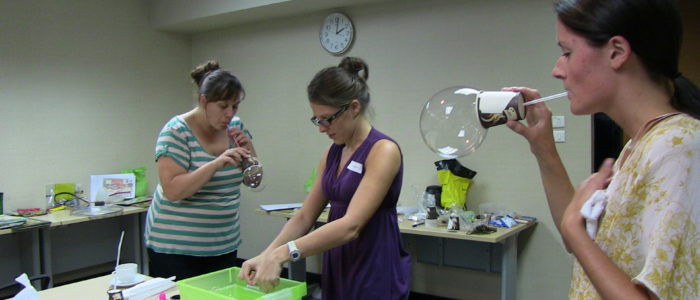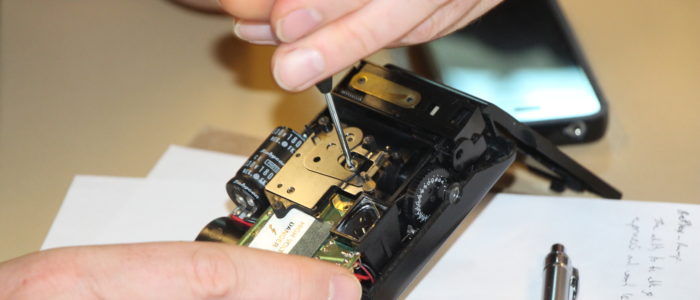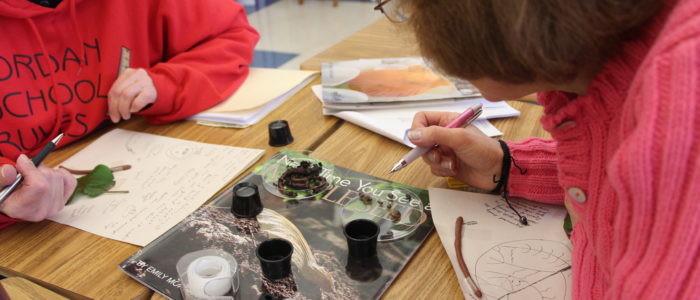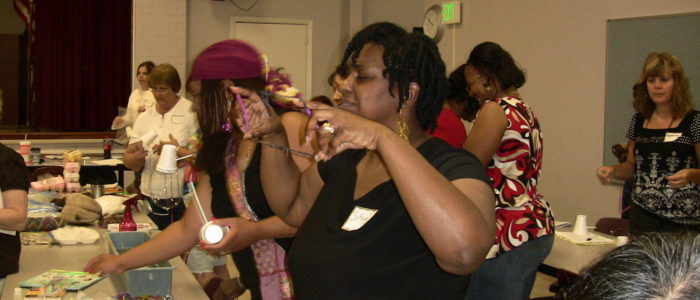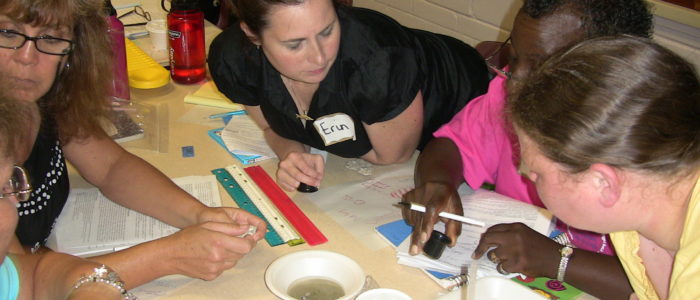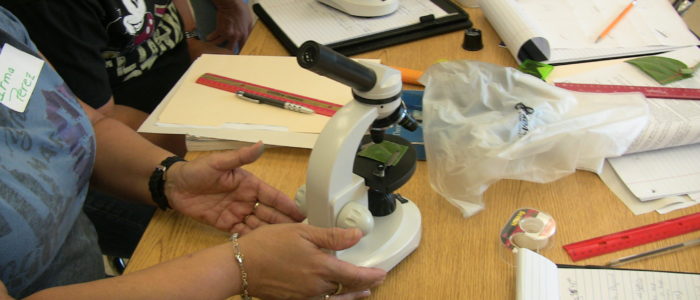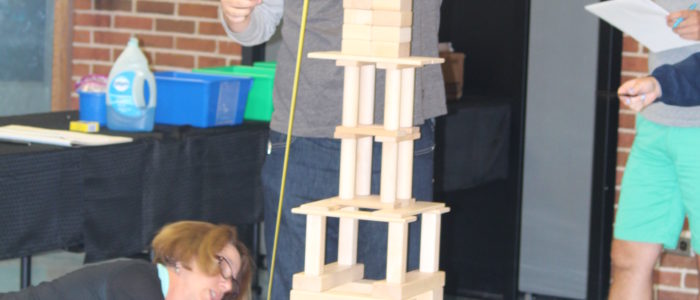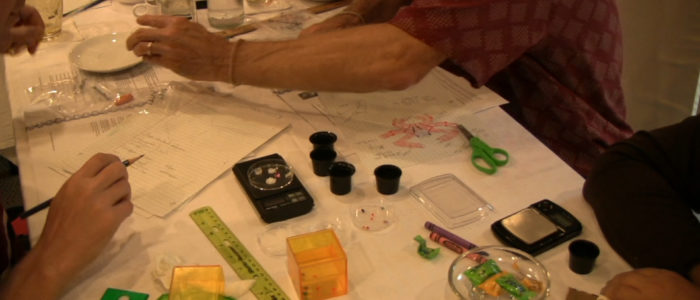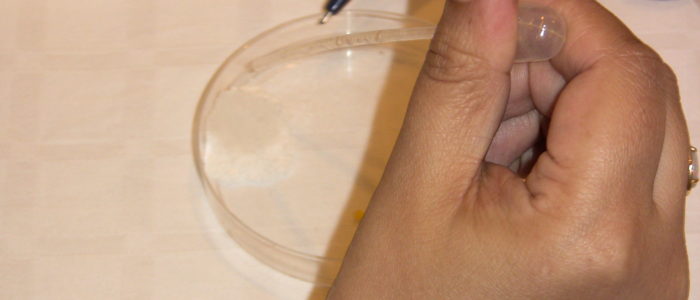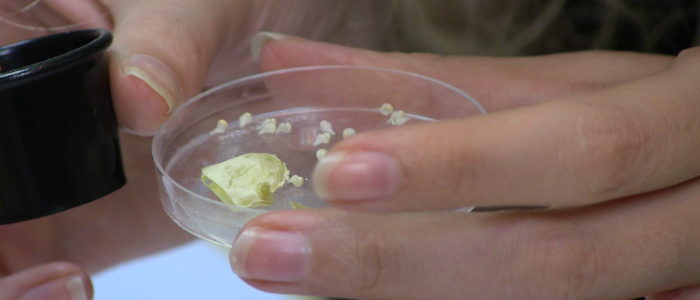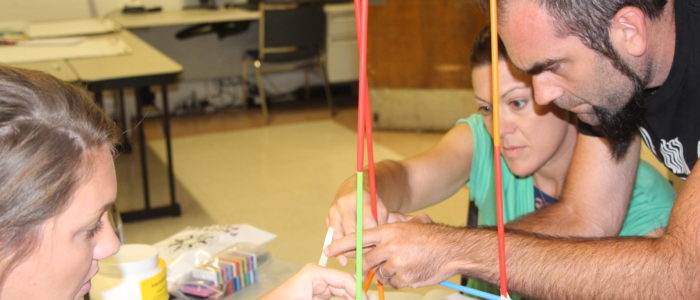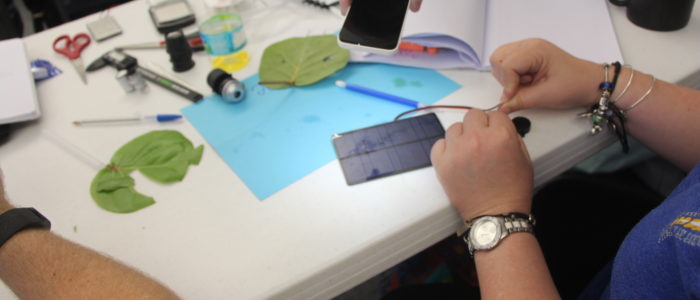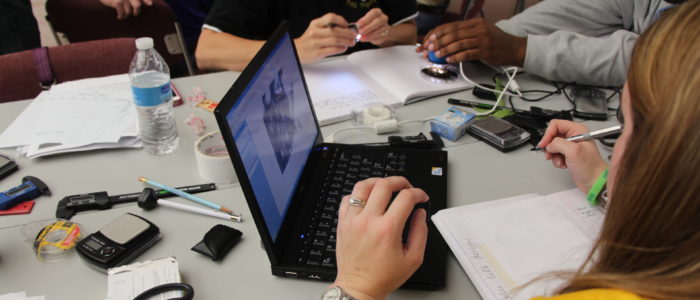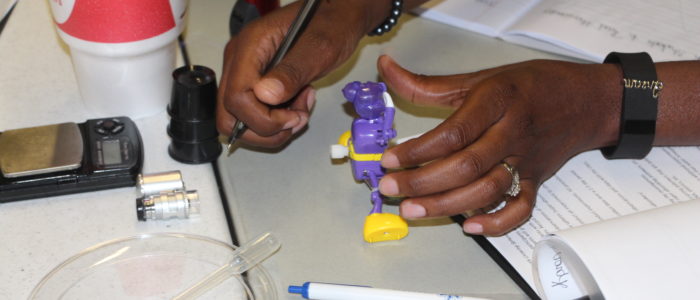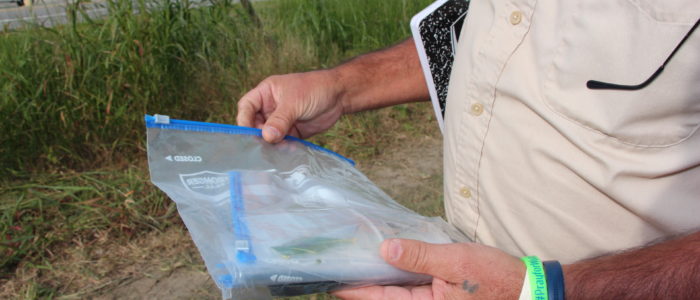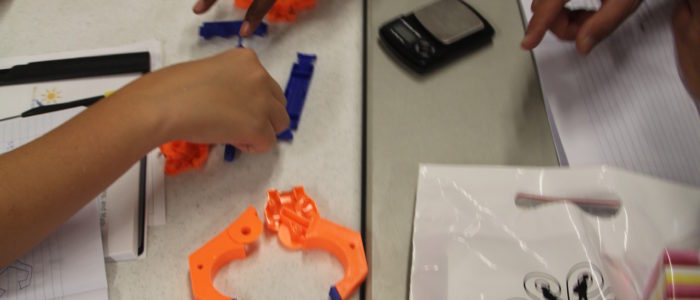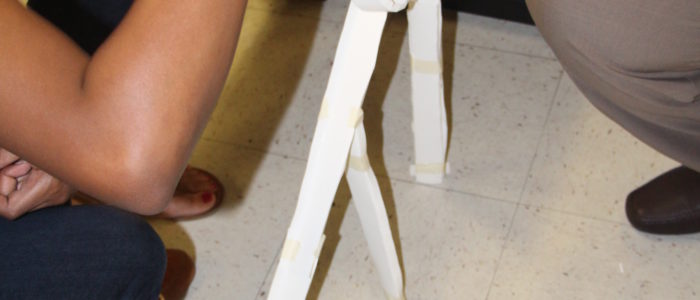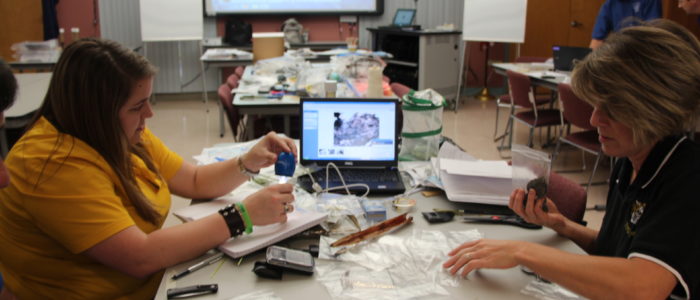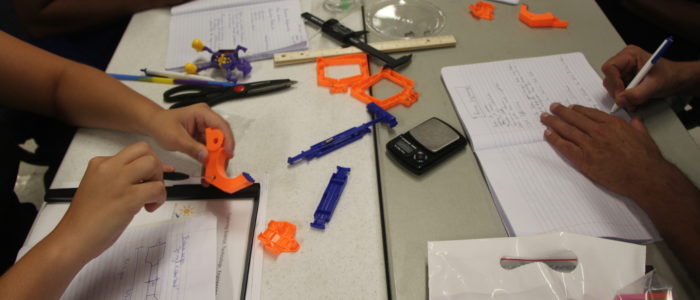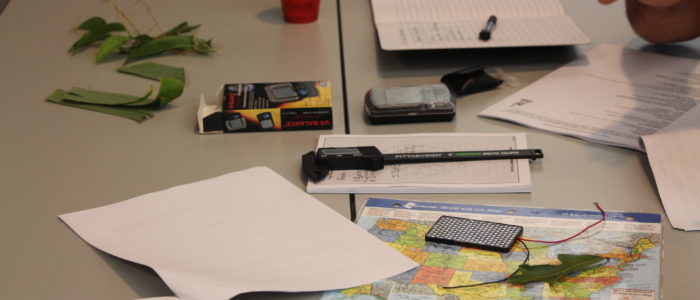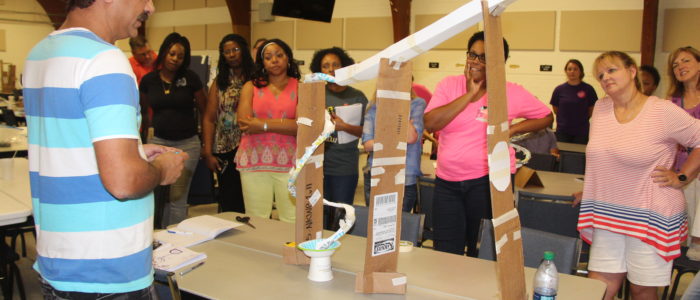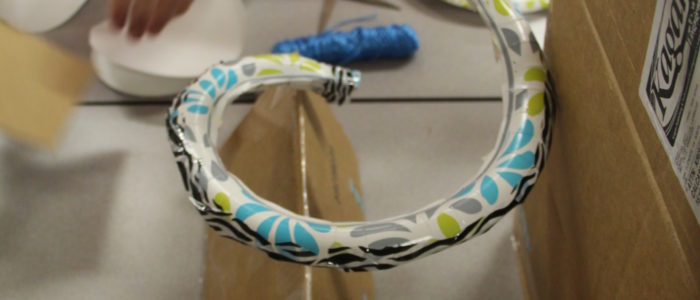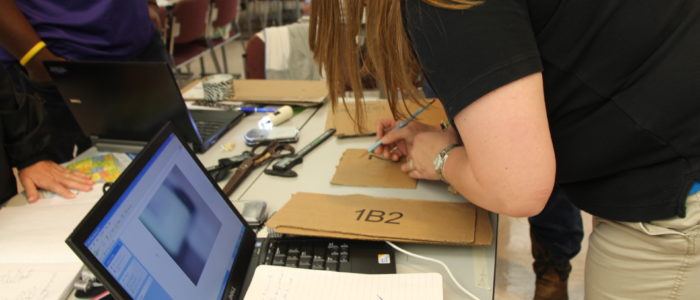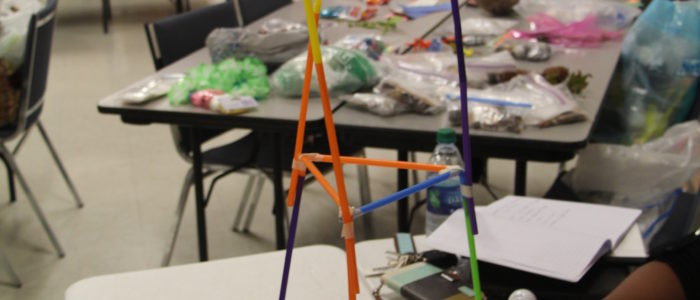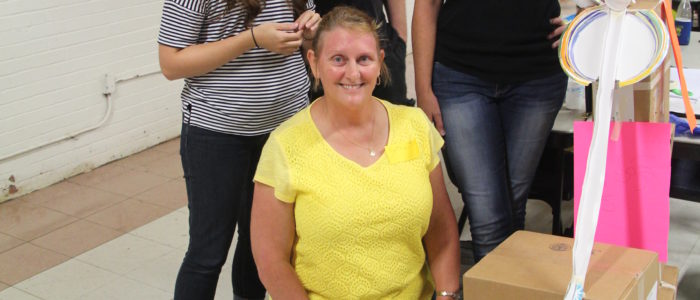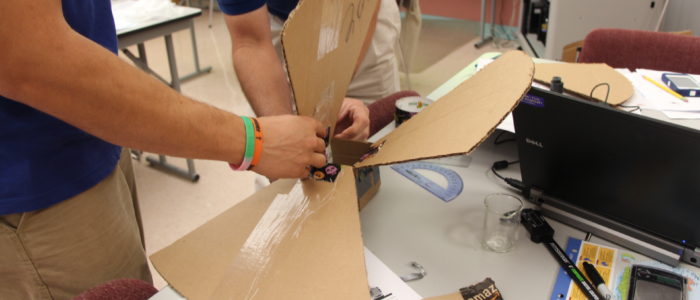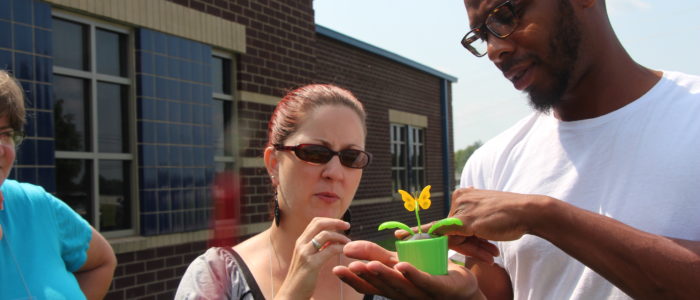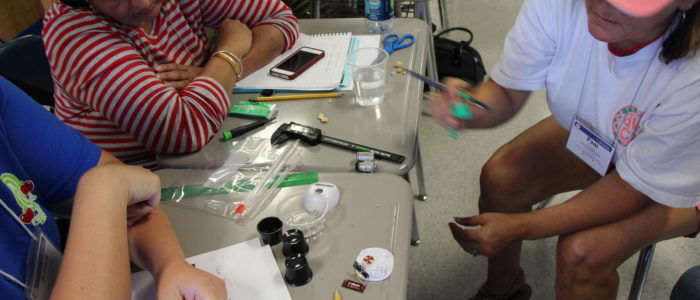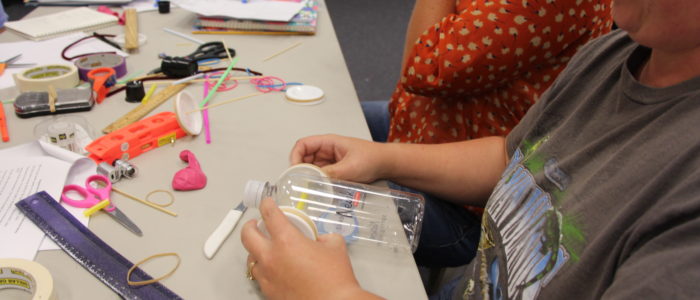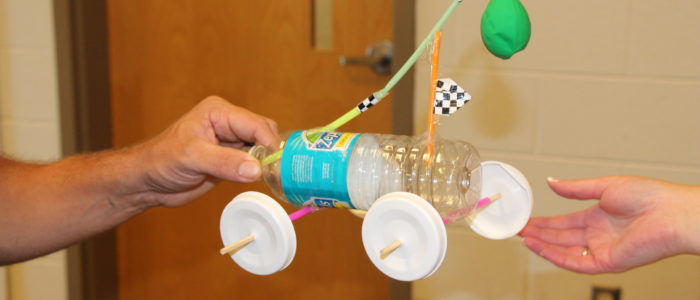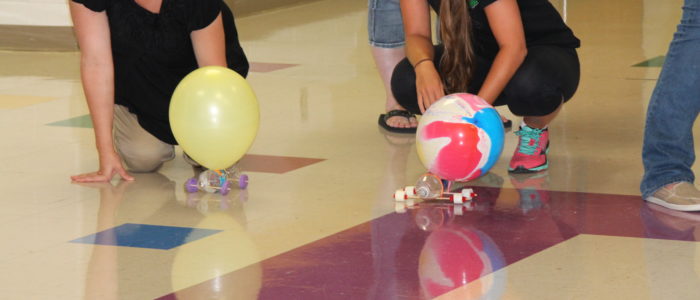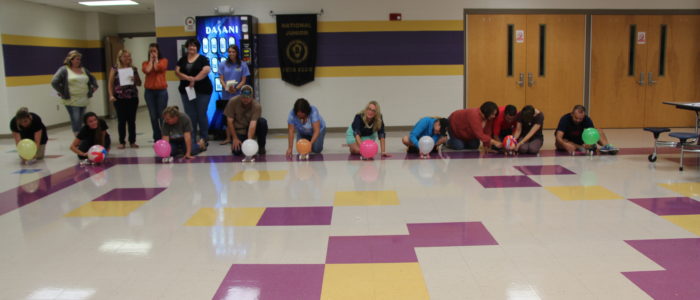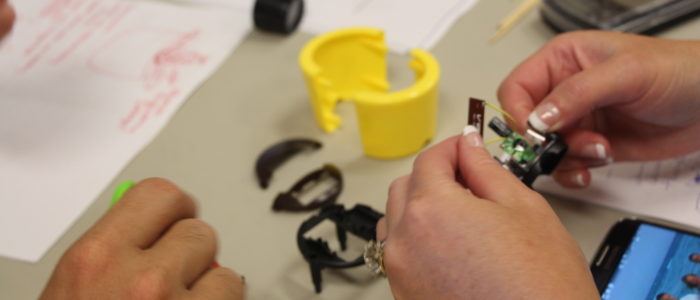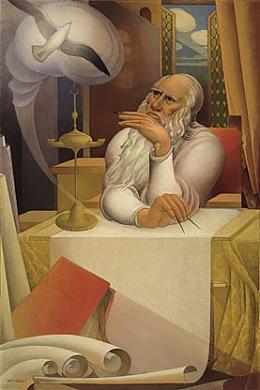I have long been a fan of Leonardo da Vinci’s thinking processes; he was an elite systemic thinker. One of his famous quotes follows, “Principles for the development of a complete mind: Study the science of art. Study the art of science. Develop your senses—especially learn how to see. Realize that everything connects to everything else.” I have incorporated Leonardo’s thinking processes within my learning and leadership training modules for many years, seeing how this type of thinking helps individuals and teams grow in their ability to create, collaborate, think critically, and, most importantly, see the connections. Tapping into the convergence of art and science can help improve everything from strategic planning to performance management. Check out the insightful article “Leadership Lessons from Leonardo” from Deloitte’s series on how resilient leaders connect disparate dots across disciplines, sectors, and geographies. As facilitators of learning and leadership development, this is another tool to become familiar with and embrace the thinking processes of Leonardo DaVinci within your corporation.
Space Workforce 2030: Inspiring, Preparing, and Employing the Next Generation
I loved hearing what space industry specialists had to share in regard to what can be done to create a diverse and sustainable space workforce. Michael Patrick Edmonds, SVP, Strategy, Marketing, and Sales for Blue Origin stressed the need for individuals to work together to educate and train individuals pursuing careers in STEM careers. He focused on a key point and that is that we must work with K12 educators, and even at the preschool level to help them develop and create engaging and impactful STEM learning experiences. Edmonds was joined by Steve Isakowitz, President and CEO of The Aerospace Corporation, Amy Pritchett, Professor and Head of Aerospace Engineering, PSU, and Melanie Stricklan, CEO and Co-Founder, of Slingshot Aerospace. Check out the informative video here.
Science and STEM Professional Staff Development for K12 Educators
The 2022-2023 school year is underway and the hallways and classrooms are alive with chatter and inquisitive minds! Once again I look forward to traveling the nation and world and providing quality, engaging, meaningful, and sustainable science and STEM professional staff development to educators and administrators. Training sessions are available for one-day to multiple-day institutes. Sessions are available onsite as well as virtual. With each training session scheduled a free 1/2 hour ZOOM follow-up session is available for attendees. Sessions are: Available year-round and on weekends throughout the nation and world. All sessions are custom-designed to fit the specific needs/goals of your district/school. Are aligned to national and regional science standards. Incorporate 21st-century skills. Are highly engaging, hands-on-minds-on, and inquiry-based. Empower the participant through engaging investigations and thought-provoking discourse. Use simple, readily available, and inexpensive materials. Incorporate a wide array of affordable technological tools aside from computer-based technology. Incorporate journaling. Provide opportunities for participants to design and create models to bring back to the classroom. Provide opportunities for participants to process what they have experienced as a learner, and how they will take what they have experienced back into their classrooms. A positive learning community is developed by providing opportunities for discourse and sharing among participants and Dr. Diana. For a downloadable PDF brochure with details of the science and STEM professional staff development, I provide please click here. I look forward to the opportunity to share my passion and knowledge of science and STEM with your staff. Please feel free to contact me with any questions or to book sessions by completing the Contact Form found on the Contact Page. The following video gives a bird’s eye view of what your district, school, or organization can expect from the science and STEM professional development training Dr. Diana Wehrell-Grabowski provides.
Creating A Culture of Inquiry
I had the pleasure of returning to Auburn City School District recently to conduct an introduction to inquiry-based teaching and learning professional staff development training for K-12 educators. When you think of inquiry what do you envision? The students are engaged, active learning, student-driven, and the teacher’s role is a facilitator versus the more traditional role of the teacher-driven classroom. So why teach via inquiry? There is a great deal of research that supports the benefits of inquiry-based teaching and learning here are a few of the benefits. Preps the brain for learning. Cultivates skills for all areas of learning. Promotes curiosity. Deepens understanding. Thinking critically and solving problems. Creates ownership/student-driven. Promotes engagement. Enhances learning. Works across all disciplines. Creates a lifelong love of learning. Questioning is the heart of inquiry. A teacher must strive to create a classroom culture where students are encouraged to ask questions and seek answers to their questions. As well as modeling higher-order questioning. During the introductory training, teachers were introduced to the 3 main kinds of inquiry including structured, guided, and open-ended. Teachers worked in small groups throughout the day conducting mini math and science inquiry-based investigations. Additionally, they were introduced to a multitude of mathematic and scientific tools to incorporate within their lessons. As well as journaling and establishing questions for the group to research. From exploring patterns and shapes in nature and in man-made designs to geometry, electric circuits, and more, it was an immersive day of inquiry. I truly enjoyed working with this cohort of educators who will spend the year further studying and exploring inquiry together, and incorporating inquiry-based teaching practices within their classrooms. Check out the following photos of inquiry in full action.
Tinkering As A Pedagogy For STEM Learning
Many of us have fond memories of tinkering in our garage, or around the home when we were young, taking apart toys and gadgets, and trying to put them back together again. The term tinkering relates to taking apart and rebuilding, repairing, or improving something. A tinkerer is someone who experiments with materials and ideas to fully understand how they work. As tinkerers spend hours taking apart gadgets and trying to figure out how things work they are incorporating critical thinking and problem-solving skills. Often the hours spent tinkering and iterating result in the innovation of a new gadget or finding a solution to a problem. Tinkering makes an important contribution to STEM education, it embeds engineering and learning habits of mind, as well as 21st-century skills. In the past, tinkering was considered an important skill, in this post, we will take a look to see how tinkering is an ideal pedagogy for STEM teaching and learning. Using a tinkering approach to teaching and learning STEM allows the flexibility of a learner to explore on their own and pursue their own interests or work collaboratively in small groups as they tinker. Tinkering learning experiences are inquiry-based. Tinkering introduces students to STEM content through real-world experiences and challenges. Tinkering provides opportunities for students to develop and strengthen 21st-century skills (creativity, critical thinking, communication, and collaboration). Tinkering provides opportunities for students to experience the engineering design process. Tinkering as a pedagogy provides opportunities for students to develop engineering habits of mind (improving, systems thinking, adapting, problem-finding, creative problem solving, and visualizing). Tinkering provides opportunities for students to develop learning habits of mind (curiosity, open-mindedness, resilience, resourcefulness, collaboration, reflection, and ethical consideration). Tinkering provides opportunities for students to innovate. Tinkering introduces students to the entrepreneurial mindset. Tinkering learning experiences introduce students to STEM careers. Tinkering can be used to develop more engaging, inclusive and equitable STEM learning experiences especially for students facing educational, social, cultural or economic disadvantages. What’s great about incorporating tinkering to teach STEM practices and content is that it’s affordable, and possibly zero cost if you are using recyclable materials, upcycling, or getting donations of broken or obsolete household gadgets or toys. So what does a tinkering learning experience look like? Tinkering can be undertaken by an individual learner or working in small groups. Students can be given access to a wide array of loose materials to tinker with such as building materials, wire, craft sticks, blocks, straws, recyclable materials, scrap wood, tape, batteries, LED bulbs, nuts, and bolts, etc. Students should be free to explore the materials, tinker, experiment, and create as they choose. Students will be encouraged to ask questions and seek answers as they tinker. Teachers can also give students engineering design challenges to undertake such as design and build simple automata (moving contraptions) with the tinkering materials, build structures, and new gadgets, etc. One of my favorite ways to incorporate tinkering to teach STEM practices and content is by having students analyze and deconstruct broken or obsolete household gadgets and toys. Students are asked to analyze the gadget to include the materials the gadget is made up of, how do they think it works, what might be broken, what components do they think they will find inside after taking it apart, etc. Students will be introduced to mechanical, electrical, and materials science engineering, entrepreneurship skills in this process. Students can be asked to sort, organize, label all the gadget components, and draw schematics. Components can be secured using tape or other material to a piece of poster board or cardboard. Another extension to analyzing and deconstructing gadgets is to ask students to try and fix the broken gadgets or create new gadgets or art from the components. If you want to start off slowly with incorporating tinkering set aside a tinkering table in your classroom where students have the opportunity to deconstruct a gadget after completing assignments, etc. There is also an abundance of K-12 STEM books with tinkering and engineering themes that can be incorporated within tinkering areas and learning experiences. Some of my favorite tinkering and engineering-themed books include Rosie Revere the Engineer, Ada Twist Scientist, Made by Maxine, Galimato, The Most Magnificient Thing, […]
Transitioning From In-Person to Virtual STEM Training
It has been a major transition for educators globally to transition from in-person to online instruction due to COVID-19 Pandemic. Since transitioning from in-person to virtual STEM professional staff development I have strived to provide engaging virtual professional science and STEM staff development for my clients. There are several key factors I have incorporated to provide quality and engaging virtual professional staff development training. The following is a list of tips that I believe will help teachers and education consultants deliver quality and engaging virtual presentations. Get yourself tooled up to provide professional presentations which will include purchasing quality audio, video, lighting equipment, and research green screen options. If you choose to not use a green screen your background should not be distracting. I signed up for a professional ZOOM account, allowing me to have up to 100 participants per session, and no time limits on sessions. Generally, I set-up my training sessions as a ZOOM meeting versus a webinar. This allows participants to share their audio and video, and be more actively engaged in the training session. I’m able to do this effectively because I normally have group sizes under 50. If the group size is expected to be over 50, or it is a keynote, etc. I choose the webinar format. Secondly, I provide the client with a list of hands-on materials that all the participants will need to have during the virtual training session. These materials are generally readily available to all the participants, as well as their students within their homes and/or classrooms. I have a narrow six-foot lab-type table set-up in front of me where I place all the hands-on materials I will use during the virtual session. Thirdly, I use the chat feature extensively throughout the entire training session. Lastly, I introduce participants to a variety of meaningful technology that will help to make their virtual lessons be more engaging, meaningful, and impactful such as Jamboard, CANVA, etc. I’m hoping that these basic tips will help educators as we continue to modify our methods of instructional delivery for remote and hybrid learning. For more information about the science and STEM professional staff development, I offer onsite and virtually worldwide check out my current offerings on this site. All trainings are custom-designed to suit the specific needs of the client.
Project-Based Learning in the Early Years Virtual Training
I had the privilege of providing virtual professional staff development for the staff of Kids at Work Preschool in the Dominican Republic last week. I was scheduled to conduct the project-based learning training in-person. However, the training became a virtual experience due to COVID-19 travel restrictions. Last year I introduced the Kids at Work Preschool staff to foundational principles of project-based teaching and learning, as well as two PBL units that are ideal and meaningful to incorporate at the early childhood level. The training this past week was a follow-up to the 2019 introductory session. A major part of our training sessions was spent on revising classroom learning experiences into virtual, and those that can be undertaken within the home with support from the children’s parents/caregivers. We started off the training by revisiting teaching via inquiry-based practices, and strategies to truly engage and immerse the young child in the virtual learning experience. To promote inquiry practices, I had teachers use a soap solution and a straw to blow bubbles. They made predictions, asked questions, theorized, drew in their journals, etc. We also made observations of objects found in nature. I introduced teachers to two new project-based learning units to incorporate within their classrooms “Math Is All Around Us” and “Transportation: Things That Go“. Both of these units are ideal for incorporating meaningful and authentic PBL learning experiences within the early childhood + settings. There was plenty of time during each of the virtual training sessions to share questions, participant video of the mini inquiry investigations they were conducting, etc. Our closing session was spent discussing ideas for a PBL unit as a group to assure that all of the staff were confident in designing and teaching a project-based learning unit over an extended period of time. As always it was a great group of dedicated educators, who like so many educators worldwide have spent countless hours on their own tweaking their teaching skills and lessons for the virtual learning platform. The following photos were taken during the sessions, as you can see it is possible to make virtual teaching and learning engaging! For more information on virtual and in-person science and STEM-based professional staff development, Diana provides worldwide complete the contact form here.
Supporting Teachers Virtually During COVID-19
The COVID-19 Pandemic has had a profound impact on education systems globally. School systems worldwide were forced to close down abruptly. Teachers were asked to transition to teaching virtually with short notice, and parents became teachers. Amidst the disruption and changes felt within all of our lives, there have been some silver linings of the COVID-19 Pandemic. Parents saw first hand the amount of time and effort teachers put forth on a daily basis. Teachers now had the time to pursue professional staff development virtually, usually for free, or at discounted rates. And education systems worldwide were faced with the reality that not all children have the opportunity to receive a quality and equitable education. In the United States, this has been a time for lengthy collaborative discussions, and action plans to address how we can move forward as a nation to provide every child with an equal opportunity for a quality education whether it be face-to-face instruction or virtual. Many teachers, administrators, and support personnel have spent the past few months becoming acquainted with online platforms. And how to provide quality and engaging virtual learning experience that can compare to the experience a student would have in a traditional classroom environment. I’ve been impressed by the level of commitment I have seen globally in so many educators as they transitioned to teaching virtually. Likewise, I have had to transition my onsite professional staff development offerings to virtual platforms. I conducted quite a bit of research on what equipment would be needed to assure that my science and STEM professional staff development sessions would be a quality and highly immersive experience. I have a nice set-up which consists of a quality microphone, headset, webcam, lighting system, document cameras, digital microscopes, 2 monitors, a lab table, and more. For the past four months, I’ve been conducting STEM-based ZOOM webinars and meetings reaching teachers from all over the world. I’ve even presented an interactive keynote ” Fostering Social-Emotional Learning Through STEAM in the Early Years” for the Global Forum for Teacher Educators in July using the Streamyard Platform. My goal is to have my virtual professional staff development be as close to an onsite experience as possible. Thus, I ask the participants to have readily available materials on hand to experiment with during the training sessions. Most of the materials requested teachers would have within their homes. During the sessions, teachers undertake engineering design challenges. They have discussions with their peers and are able to ask questions throughout the sessions. Additionally, Teachers are given engineering challenges to undertake overnight and share their designs, observations, and questions during the following session. I also provide the participants with a manual, and all of the PowerPoint slides used during the training. I look forward to the days of driving my car to neighboring cities and catching planes to travel across the nation and the world to share my passion and knowledge of STEM education with educators/administrators, and parents in person. But for now, I’m grateful for the advancement of technology which has allowed me and educators globally to continue inspiring their students. The following photos are from some of the recent virtual professional staff development sessions I have conducted for educators within the USA, and abroad. For more information on scheduling in-person or virtual professional staff development please complete the contact form found on the Contact Page.
Engineering At Home: Deconstructing Gadgets and Tinkering
During the past two months, parents throughout the world have taken on the role of the classroom educator due to the COVID-19 pandemic and forcing the closures of schools. Educators have quickly adapted to bringing their lessons to an online learning format. However, it has not been an easy task for educators to provide quality, meaningful and engaging lessons for their students. It has come with great effort on educators’ parts to become educated on distance learning /remote learning best practices. The 2019-2020 school year has come to an end for many across the globe but learning must stay alive during the summer. I would hope to see K-12 students continuing their learning throughout the summer with having opportunities to explore science, technology, engineering, and math (STEM). Perhaps one of my favorite STEM investigations to introduce teachers and students to is during my STEM workshops is “deconstructing gadgets and tinkering”. As individuals are given the task to thoroughly analyze a broken household gadget or toy they are strengthening their 21st-century skills, nurturing their curiosity, and being introduced to engineering careers. Furthermore, an item that was destined for the trash, and eventually the landfill becomes a great resource for a meaningful STEM-based learning experience. Deconstructing gadgets and tinkering is ideal for home settings as well as classrooms since broken and outdated electronics and gadgets are readily available in almost all homes. Gather the necessary tools to take the gadget apart, a pair of safety goggles, a ruler, some tape, poster board or cardboard, journal, and writing utensils and you are ready to dive into deconstructing gadgets. I will be conducting a free one hour STEM webinar on Tuesday, June 9th, at 2:00 pm ET USA via Zoom “Engineering At Home: Deconstructing Gadgets and Tinkering.” The webinar is free, registration is required. The webinar is geared for educators and parents of K-5 students however, the content can be modified for upper grades as well. Participants will be introduced to inquiry-based practices, the engineering design process, reverse engineering, tinkering, and more. This is an interactive webinar, participants will be asked to have a broken gadget as well as a few other supplies that they will use during the webinar. To register for the free STEM webinar on Zoom click here. To give you an idea of what participants will be undertaking within the confines of their own home as they partake in the STEM webinar check out the video below of a deconstructing and tinkering session I conducted at a local public library. We are in a time where many parents, educators, and students are overwhelmed but it’s also a time where we can bring about positive changes in the way we engage students in the learning process at school and home.
Webinar: Engaging Young Children in STEAM and Maker Ed Explorations at Home
With the closing of so many schools nationwide and throughout the world due to the COVID-19 Pandemic educators and parents have turned to Zoom and other webinar platforms to learn as well as to teach digitally. I recently had the opportunity to conduct a Webinar via ZOOM for Region 9 Head Start Association based in Sacramento, California. We had 1000 early childhood educators from California and beyond attend the live webinar. The webinar entitled “Engaging Young Children in STEAM and Maker Education Explorations at Home”. The webinar provided early childhood educators who are working with parents remotely during the COVID-19 school closures with foundational principles of STEAM and maker education, best practices in incorporating STEAM explorations within the classroom and at home, as well as numerous STEAM and maker-based explorations that can be readily undertaken at home. The webinar provided examples of affordable and meaningful STEAM and maker ed explorations that parents would be able to incorporate within the home. From incorporating STEAM content with building blocks to exploring patterns and shapes in nature, tinkering and deconstructing, as well as introducing young children to the fundamental principles of coding through screen-free coding toys. Attendees of the webinar had access to a PDF of the webinar as well as a manual with the STEAM and maker ed explorations introduced in the webinar. Check out the recording of the webinar below, it will remain on the Region 9 Head Start YouTube Site indefinitely. I want to thank Fernando Alvarenga of Region 9 Head Start Association for being such a great host during the webinar, and all of the attendees for attending and taking an active role during the webinar. In closing, I am looking forward to presenting professional staff development in person again in the very near future. Until then, may all of you remain motivated, inspired, and healthy.
